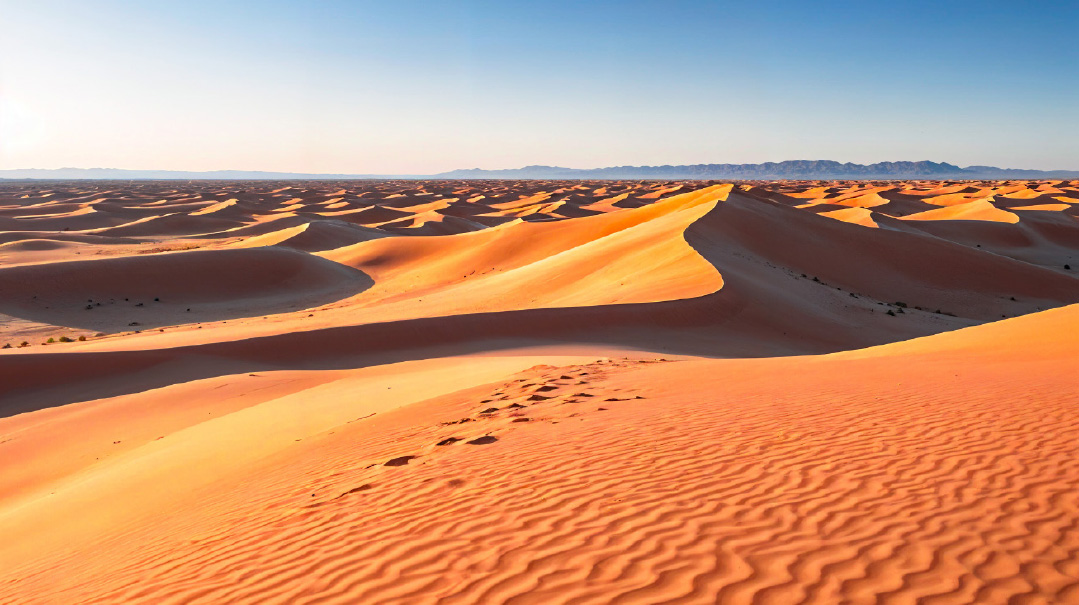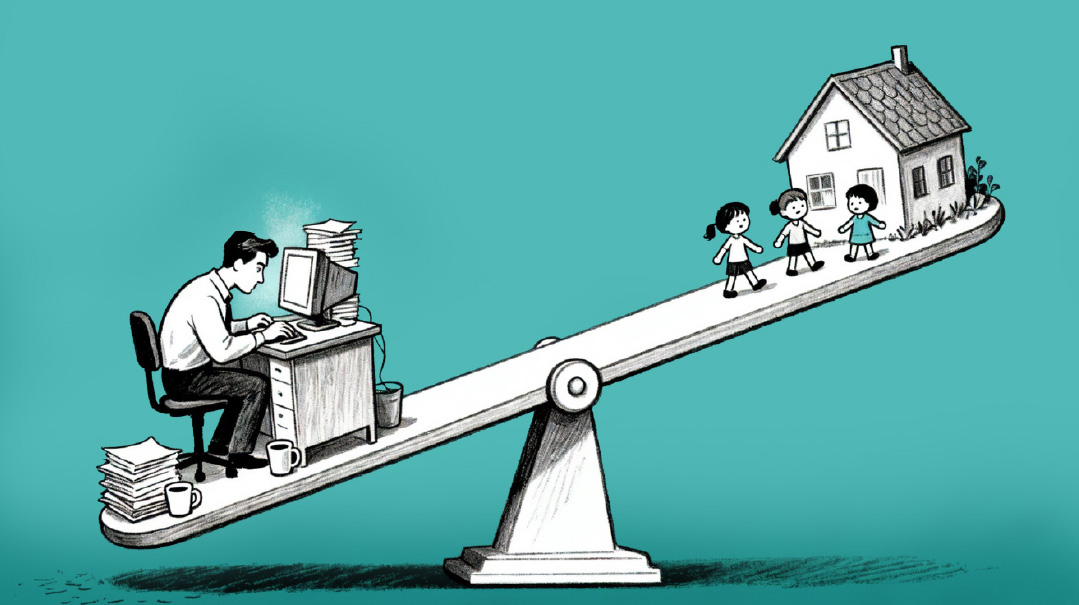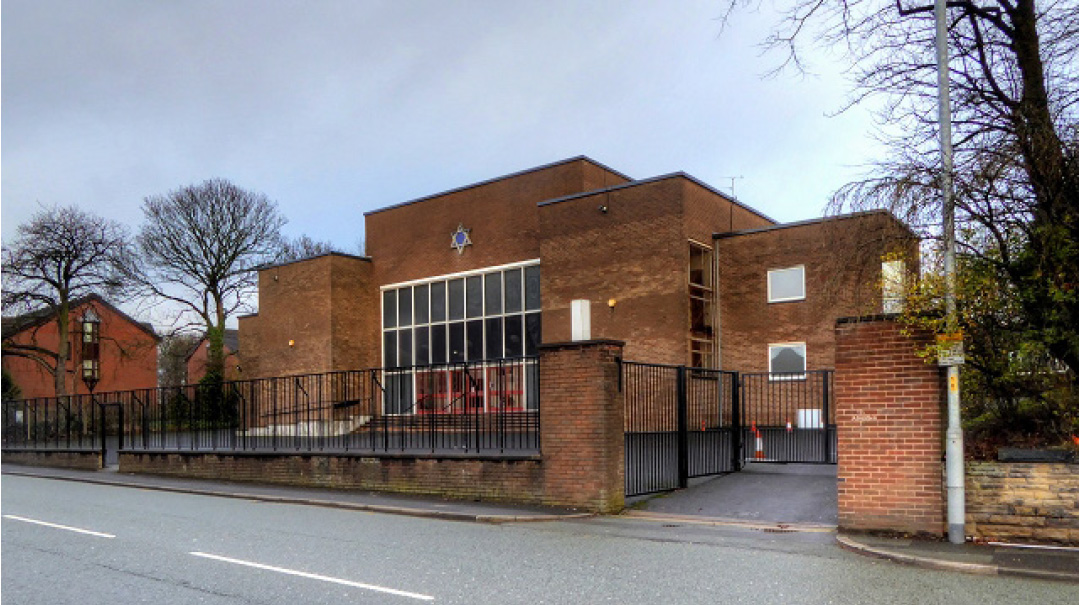Stay Safe, for Ariel’s Sake
| July 16, 2024This is a story about life. Your life. My life. And my son’s legacy

Everyone in the recreational outdoors industry is aware that when engaging in hiking activities, especially during the scorching summer months, lots of water and wearing a hat are essential. Yet that knowledge alone is insufficient to protect people in particularly hot and challenging outdoor conditions.
We found out about this in the hardest and most tragic way possible — through the death of our only child, Ariel Yitzchak a”h, on September 10, 2014.
This is a story about life. Your life. My life. And my son’s legacy.
My wife Ellen and I were not raised in shomer Shabbos homes. We became frum through Aish HaTorah when we were in our 30s. Unfortunately, we had fertility issues for years, and it was a miracle when Ellen gave birth to Ariel Yitzchak in 1996.
When Ariel Yitzchak, who grew up in Great Neck where we live, graduated from high school, it was a given that he would go on a gap year program to cement his love of Torah and of Eretz Yisrael.
We heard that there would be a two-day hike in the Judean Desert at the end of the first week of the program, and, with the knowledge that our son was in good hands, we didn’t question the timing of the trip or the temperature in Israel in early September.
But the world is getting hotter in many places, especially in areas such as Israel’s Negev region and America’s Southwest. With increased heat comes an increasing danger of heat stroke, especially exertional heat stroke during activities that can push the body’s outer limits, if the proper precautions are not taken.
Although the first day of the hike was very hot, the hikers walked under waterfalls, which offered considerable relief. That night, their campgrounds were overrun by biting bugs which kept them awake most of the night. The group began the second day of the hike at 8:00 a.m., and over the course of the morning, the temperature quickly rose, eventually reaching 98°F. They were encouraged to press on despite the heat and exhaustion, and at two in the afternoon, Ariel Yitzchak collapsed. He could not be revived.
When Ariel Yitzchak arrived at the hospital, his internal temperature had reached around 109.4°F/43°C. Although doctors spent over an hour trying to revive him, Ariel Yitzchak succumbed to severe heat distress.
As his parents, words can never fully express our loss. We knew only that, in an effort to bear our sorrow, we felt compelled to educate others about heat-related illnesses, so that no one else ever dies this way and no other family loses a loved one under such circumstances.
After the initial devastation of our loss, we began looking for answers and explanations, and discovered some startling information: We learned that there is a difference between exertional heat stroke and regular heat stroke. This happens when your body overworks and produces more heat than it can dissipate. Your body temperature keeps climbing, and although water can help with hydration, it doesn’t always lower the core body temperature.
One day, a friend and medical doctor told me that checklists are a proven way to prevent certain calamities in hospitals.
“Maybe you should take all of your research and compile a checklist?” she suggested. And so, Ariel’s Checklist became my son’s legacy, to ensure proper safety protocols are in place when it comes to preventing heat stroke during outside exertion.
I engaged the help of Professor Yoram Epstein, at the time Israel’s leading expert on exertional heat stroke, who cowrote the IDF’s heat safety protocols. I also engaged Dr. Robert Huggins, who works with Professor Douglas Casa of the Korey Stringer Institute (KSI) at the University of Connecticut. Both Professor Casa and Dr. Huggins, two of America’s foremost experts on exertional heat stroke, were critical in making Ariel’s Checklist credible.
Ariel’s Checklist is the world’s only comprehensive scientific document on the prevention of exertional heat stroke. In easy-to-read English and Hebrew, it focuses on the dangers of hiking in hot weather. (There is both a short one-page hiker’s version and a longer hike leader’s version).
For the first five years after our son’s death, my wife and I went to Israel once a year to promote heat safety using Ariel’s Checklist.
Scientists from around the world have requested permission to use this material in their research publications and in other writings that relate to the topic of exertional heat stroke. (An Outside magazine article by Peter Stark titled, “How to Prevent and Treat Heat Stroke,” for example, has a link to the Ariel’s Checklist website.) We have heard numerous individual stories of people whose lives were saved because they followed the instructions on Ariel’s Checklist and refused to go along with dangerous hikes or other unsafe activities in extreme heat.
The following are the ten key points in Ariel’s Checklist. (You can find the full list at www.arielschecklist.com. Readers should prepare for hot-weather hikes by looking at the actual checklist and not relying on this article alone.) Ariel Yitzchak, unfortunately, suffered from every one of these points on his fatal two-day hike. It is important to note that not any one risk factor alone is likely to cause serious heat-related illness, but rather, the degree of the risk factor(s) and how many of them are being simultaneously compromised.
- ACCLIMATE TO THE HEAT. It takes 14 days for the typical person to acclimate to the heat if he is not already so acclimated. That doesn’t mean that if you go to Israel, the American Southwest, or anywhere hot, and spend most of your time in air-conditioned buildings, those days count. They don’t. You need 14 days in the heat in order for your body to acclimate. Ariel Yitzchak got off the airplane on September 3 and went on the two-day hike on September 9.
- THE HIKE SHOULD BE APPROPRIATE TO THE SKILL LEVEL. If you’re a novice and have a low fitness level, don’t go, or make others go, on a demanding hike. Extra care and planning is mandatory for multiple-day hikes. Hiking through rough terrain is considered an intense physical activity.
- MAKE SURE YOU’RE HYDRATED. This cannot be emphasized enough. Ensure you are hydrated before, during, and after each hike. Merely bringing enough liquid is not enough. The person responsible for safety must actually monitor how much the hiker has drunk. Electrolytes from salty snacks and fruits/vegetables or other foods is essential. In the dry, arid desert, a good rule of thumb is to drink between half a liter to a liter (quart) per hour to avoid severe dehydration. Understand that if the water gets too hot, the hiker won’t drink it. Have insulated water containers and/or bring a lot of ice, depending on the circumstances. Winding up in the hospital for intravenous fluids is an indication of inadequate planning or supervision.
We have heard stories of women, who, concerned with modesty, didn’t want to go to the bathroom out in the open during a summer desert hike, and so they didn’t drink any water. Instead, they wound up in the hospital suffering from dehydration.
- WEAR LOOSE, MOISTURE-WICKING CLOTHES. Hikers must wear clothing made of a fabric that “breathes” or that moves the moisture to the outer surface. Ariel Yitzchak was the only participant on his hike who wore long black nylon pants, which not only don’t breathe, they actually trap body heat. Those pants trapped half my son’s body heat and contributed mightily to his exertional heat stroke.
- ENSURE ADEQUATE SLEEP. This is critical! Sleep loss has been shown to impair the body’s ability to regulate body temperature adequately. Failure to be aware of this factor can be hazardous. The night between September 9 and 10, few people on Ariel Yitzchak’s hike got more than three hours of sleep due to the excitement and a lot of buzzing insects.
- MEASURE THE WET BULB GLOBE TEMPERATURE (WBGT). The WBGT is the “feels like” temperature, the measure of the heat stress in direct sunlight, which takes into account temperature, humidity, wind speed, sun angle, and cloud cover. Make sure it’s below 89 degrees Fahrenheit (31.7 degrees Celsius). There are consumer hand-held devices to measure the WBGT, and it can be measured by a thermometer wrapped in a wet cloth, which simulates the cooling effect of sweat (which is influenced largely by wind and humidity). Since the thermometer is exposed to the sun, it also accounts for the effects of sunlight.
- ENSURE ADEQUATE WORK/REST CYCLES. This is a key factor against overheating. The more rest, the better/safer the experience is for everyone.
- AVOID MID-DAY HIKING. Especially in the desert. If you must hike at the hottest part of the day, at the minimum, greatly extend the length and frequency of the rest periods.
- PREPARE FOR MEDICAL EMERGENCIES. There should be at least one person who is trained in medical assistance, particularly in the treatment and care of heat-related illness. Bring a portable tent or bed sheet to create shelter from the sun when there isn’t any other shelter.
- INSIST ON SAFETY. It should be emphasized to everyone before and during the hike that it is not only fine, but imperative, to speak out at any time if they are not feeling well. Some people like to prove that they can push their limits, or might be feeling bullied by a macho hike leader or participant who has no patience for signs of weakness. Not feeling well? Garner the confidence to speak out that hiking in the current heat environment no longer feels safe for you. Look out for your fellow hiker as well. Don’t let yourself, or your friends, be bullied into doing something you no longer feel is safe. If it gets to that point, you need an immediate change to safety. Don’t accept any other response.
Hiking is fun and it always will be, but it must also be safe — and it too often is not. Please be that person who is knowledgeable in the details of Ariel’s Checklist and insist that its conditions are upheld at all times. Your life, and my son’s legacy, are dependent on it.
(Originally featured in Mishpacha, Issue 1020)
Oops! We could not locate your form.







